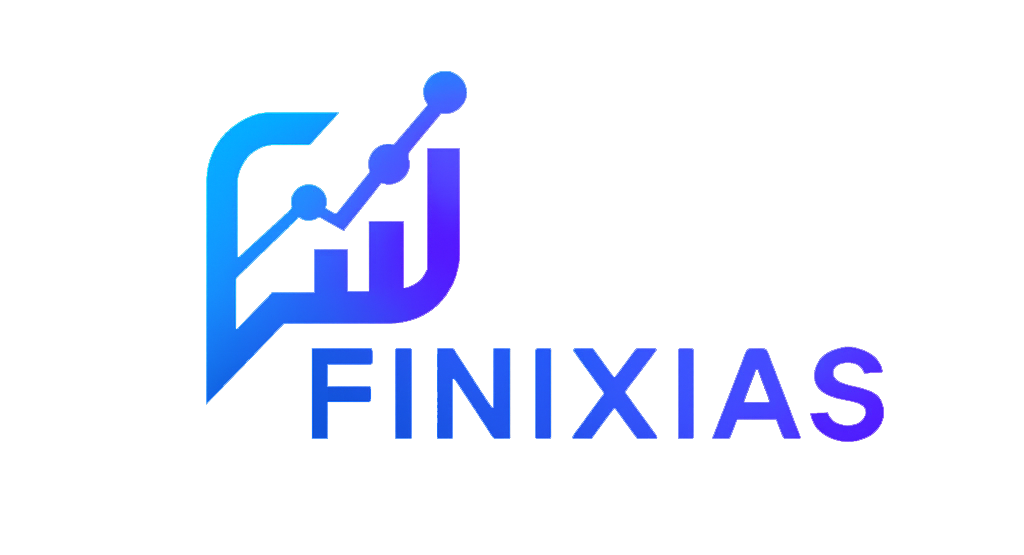Add Your Heading Text Here
In France, wheat is more than just a crop. It symbolizes a deep-rooted agricultural heritage, a key economic pillar, and a strategic asset in a rapidly changing world. Yet today, the wheat sector is facing significant turbulence. Like a sensitive barometer of climatic, geopolitical, and economic shocks, it reflects the broader tensions reshaping our agri-food model.
While the 2025 harvest brings a glimmer of hope after the dramatic collapse of 2024, numerous warning signs persist. The sector stands at a crossroads, where the path forward depends on resilience, innovation, and a departure from outdated practices.
A Fragile Recovery After a Devastating Year
The French wheat sector is experiencing a tumultuous period, marked by mixed signals of hope, challenge, and deep concern. After a disastrous 2024 harvest—brought about by extreme weather conditions—the 2025 season has brought a modest recovery in production volumes. But this quantitative rebound is not enough to ease the tension.
Globally, the wheat market remains oversupplied, prices stay stubbornly below profitability thresholds, and production costs continue to rise. For farmers—particularly small and medium-sized producers—this environment creates immense economic pressure, forcing them to reconsider their business models and farming strategies.
Profitability Under Continued Pressure
The wheat sector now faces a troubling paradox: higher yields but lower profits. The rebound in output has not offset the steady decline in global prices. Production costs—fueled by inflation in fuel, fertilizer, and inputs—continue to erode farmers’ margins.
For many, this situation is unsustainable. Every decision becomes strategic: whether to invest, diversify, specialize, or simply hold on. There is growing consensus that the current production-driven model is no longer viable in an increasingly volatile global market. A deeper structural transformation is needed.
Investors Reassess Their Position
For decades, agriculture—and particularly wheat—was seen as a stable, long-term investment. But recent turmoil has shaken that confidence. Global market saturation, geopolitical tensions (especially in the Black Sea region), and price volatility have made investments in this sector riskier.
As a result, investors are turning their attention to more resilient or promising segments. Agroecology, organic farming, and the digital transformation of agriculture are gaining traction. These alternative models offer the potential for better product valorization and reduced exposure to global market shocks.
Financial instruments like futures contracts are also growing in popularity, offering farmers and investors a way to hedge against extreme market fluctuations.
Innovation and Diversification: Tools for a New Era
Farmers are responding to these challenges with a renewed spirit of innovation. Technically, crop diversification is emerging as a key strategy. Incorporating legumes, rapeseed, and other crops into rotations helps reduce dependence on wheat and spread economic and agronomic risk.
Technological innovation is another major pillar. From climate-resilient wheat varieties to precision agriculture and input optimization, farmers are finding ways to boost efficiency while managing costs.
The rise of cooperatives and short supply chains also presents new opportunities. These models offer better price negotiation, closer ties with consumers, and more profitable market access.
A Sector Under Stress, Caught Between Resilience and Risk
Despite efforts to adapt, structural challenges persist. Global overproduction continues to weigh down prices. Geopolitical instability—with ongoing conflicts and trade disruptions—darkens the medium-term outlook.
In France, the declining wheat acreage raises concerns about the long-term viability of the sector. Is this a necessary rebalancing or a sign of structural weakness? The social consequences are real, especially in rural areas where agricultural employment and regional economies are at stake.
Navigating these challenges will require new forms of balance—between economic performance, environmental responsibility, and social cohesion.
Export, Technology, and Value Addition: New Frontiers
Still, the outlook is not without promise. France continues to play a strong role in international markets, especially in Africa and Asia, where its wheat exports remain competitive.
Technological innovation is opening new horizons: drones, robotics, and AI-assisted crop monitoring are reshaping how farms are managed and optimized.
Another promising area is the valorization of wheat by-products—like straw and bran—which can generate additional income and improve overall farm profitability.
A Sector at a Turning Point
The current crisis in the French wheat sector is more than a short-term market shock. It reveals deeper structural vulnerabilities—but also potential for reinvention.
Moving forward, the future of wheat in France will be shaped by the innovative responses of producers, the strategic repositioning of investors, and the regulatory frameworks that will define the rules of the game.
In this pivotal moment, reconciling economic viability, environmental sustainability, and technological progress is not a luxury—it’s a necessity.

